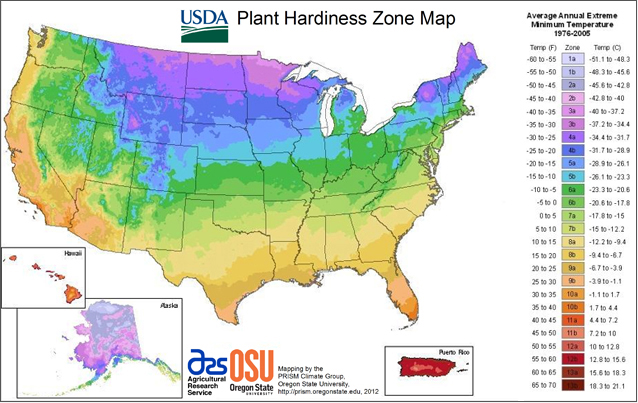Yard Long Bean Seeds - Vigna unguiculata
- Regular price
- $5.99
- Unit price
- per
-
Vigna unguiculata - Non-GMO, Open-Pollinated, Heirloom, Untreated
-
Extra-Long, Tender Pods: Produces an impressive harvest of incredibly long, slender beans, often reaching lengths of 18-30 inches, providing a fun and unique twist to traditional green beans.
-
Prolific & Continuous Harvest: A vigorous vining plant that produces a continuous crop of beans throughout the summer, ensuring a steady supply for fresh eating, stir-fries, and more.
-
Heat-Loving & Drought Tolerant: Unlike common beans, yard long beans thrive in hot, humid weather and are quite drought-tolerant once established, making them an excellent choice for southern gardens.
-
Vining Growth Habit: Requires a trellis, fence, or other support structure, growing up to 10 feet or more, which saves space in the garden and makes harvesting a breeze.
-
Easy to Grow: A fast-growing and low-maintenance plant, perfect for both beginner and experienced gardeners.
-
Nutrient-Rich: A good source of vitamins A and C, as well as protein and fiber, making them a healthy and delicious addition to any meal.
-
Fun for Kids: The novelty of harvesting beans longer than your arm makes this an exciting and educational plant for children.
USDA Hardiness Zones
USDA Hardiness Zones

Planting Tips
Planting Tips


